Fragmentation by Dams impact rivers and aquatic ecosystems
Dams are one of the main reasons for the decline of rivers
soon Photos “Large and small dams” and “wears”
The poor condition of our rivers can be attributed primarily to the unrestrained construction of dams for the purposes of energy production and irrigation, the policy of intensive agricultural and in part by a misplaced over-dimensioning of channelling for transport and a misplaced understanding of flood protection.
The basis of the ERN projects and campaigns places particular emphasis on the issue of the high concentration of dams for hydro power plants (read our page on Hydropower) on the majority of river courses and the prevention of ecological free-passage for fish and debris. Reducing the overall number barriers of all types or their drastic modification can lead to very fast and significant regenerating of the dynamics of a river, stimulation of the self-cleaning process and to an increase in biodiversity
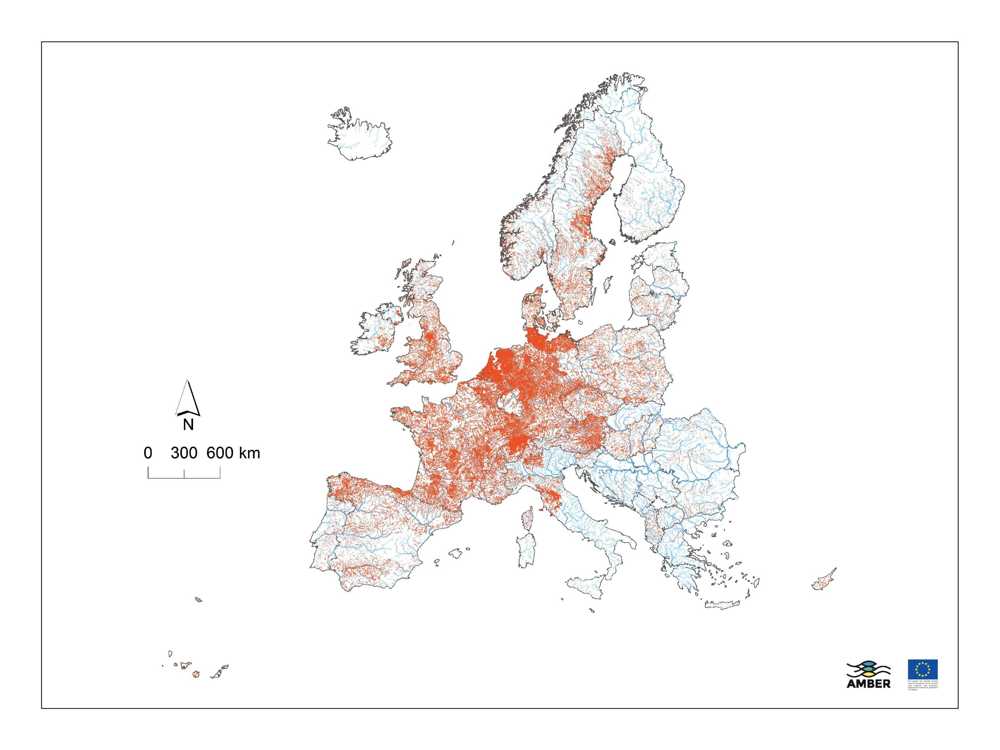
Map from : AMBER, Belletti et al 2020. Nature. 588, 436-441 Pan-European Atlas of Obstacles in Rivers,630,000 obstacles identified and 1 million estimated, of which 100,000 are obsolete or unused, AMBER 2020
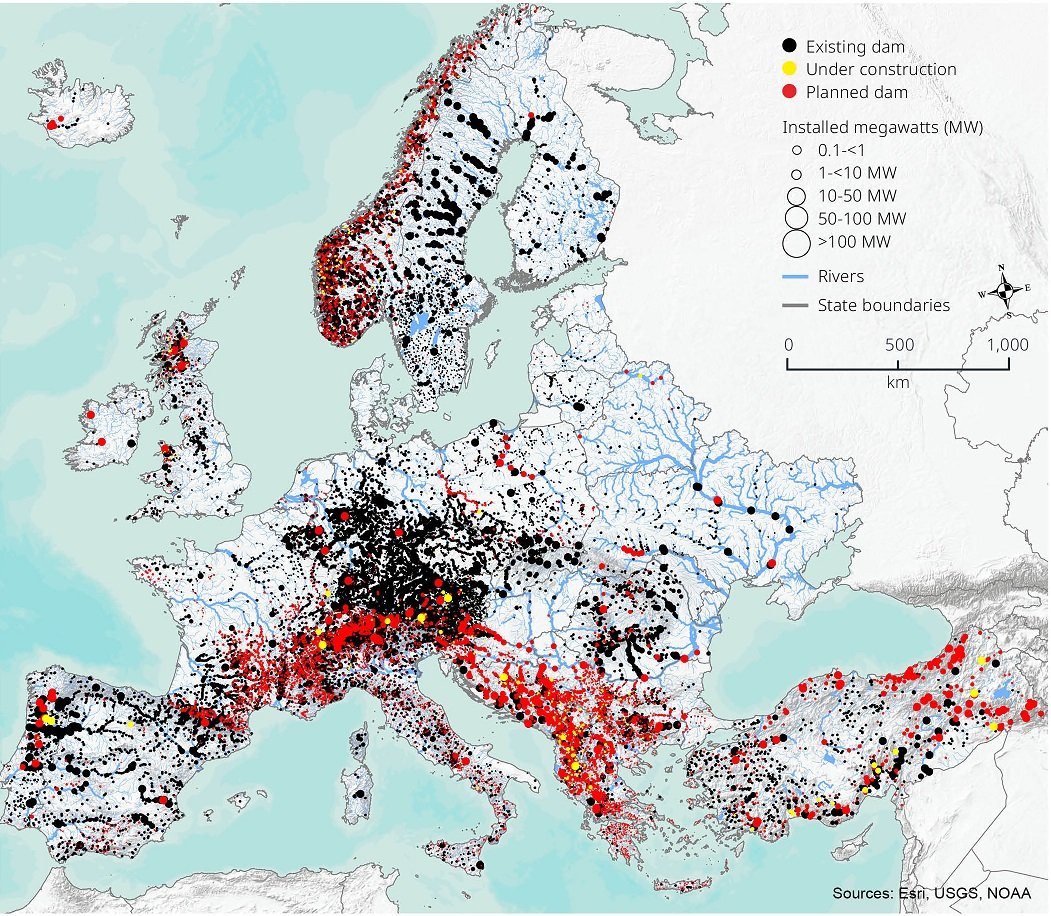
Map from : Hydropower pressure on European Rivers : The story in numbers, Euronatur,Riverwatch, WWF, Geota, 2019
.
Dams have severe negative environmental and social impacts
> Interruption of the ecological continuity,
- Blocking the Fishmigration
- Loss of Biodiversity
- Lack of sediment downstream of dams
- Deepening of the river bed, ground water level sinks
- Increasing flood impact downstream
- Disconnection of lateral water body
Example, the Rhine River : No more salmon wild salmon, Speed of water flow between Basel and Karlsruhe has doubled , Water retention is reduced
> Increasing Erosion of the coastline
Examples : Rhone rivers, heavy damned: Loss of 2 – 10 m land / year along the Camargue coastline (Rhone Delta), Saint Marie de la Mere will become a Island (Lack sediments – rising sea level). Same issues on the Ebro delta.
> Increasing water temperature in the reservoirs an the rivers
- eutrophication impacting water quality and ecosystems
> Displacing Millions of humans worldwide
News
Reports
– Hydroélectricité : en revenir à la raison ! Quels sont les véritables enjeux de l’hydroélectricité au regard de la transition écologique ? Nos experts font le point. (french only) FNE AURA, janvier 2022
– Synthèse des principaux impacts écologiques engendrés par les aménagements hydroélectriques et de leurs conséquences sur le fonctionnement des cours d’eau (french only) Janvier 2022 OFB
– Hydropower pressure on European Rivers : The story in numbers – summary report, Euronatur,Riverwatch, WWF, Geota, 2019, anglais and full report
– 10 Reasons Why Climate Initiatives Should Not Include Large Hydropower Projects, a Civil Society Manifesto for the Support of Real Climate Solutions, 2015, english => document updated in 2019 by the NAMRA
Dams worldwide
IN EUROPE, MOST OF THE DAMS ARE USED FOR THE PRODUCTION OF >HYDROPOWER ! Renewable but not realy green !
Solutions exist to restore continuity, remove the most impactful and obsolete structures, reconfigure those with strategic uses, and protect rivers from further destruction (see our section “SOLUTIONS”).
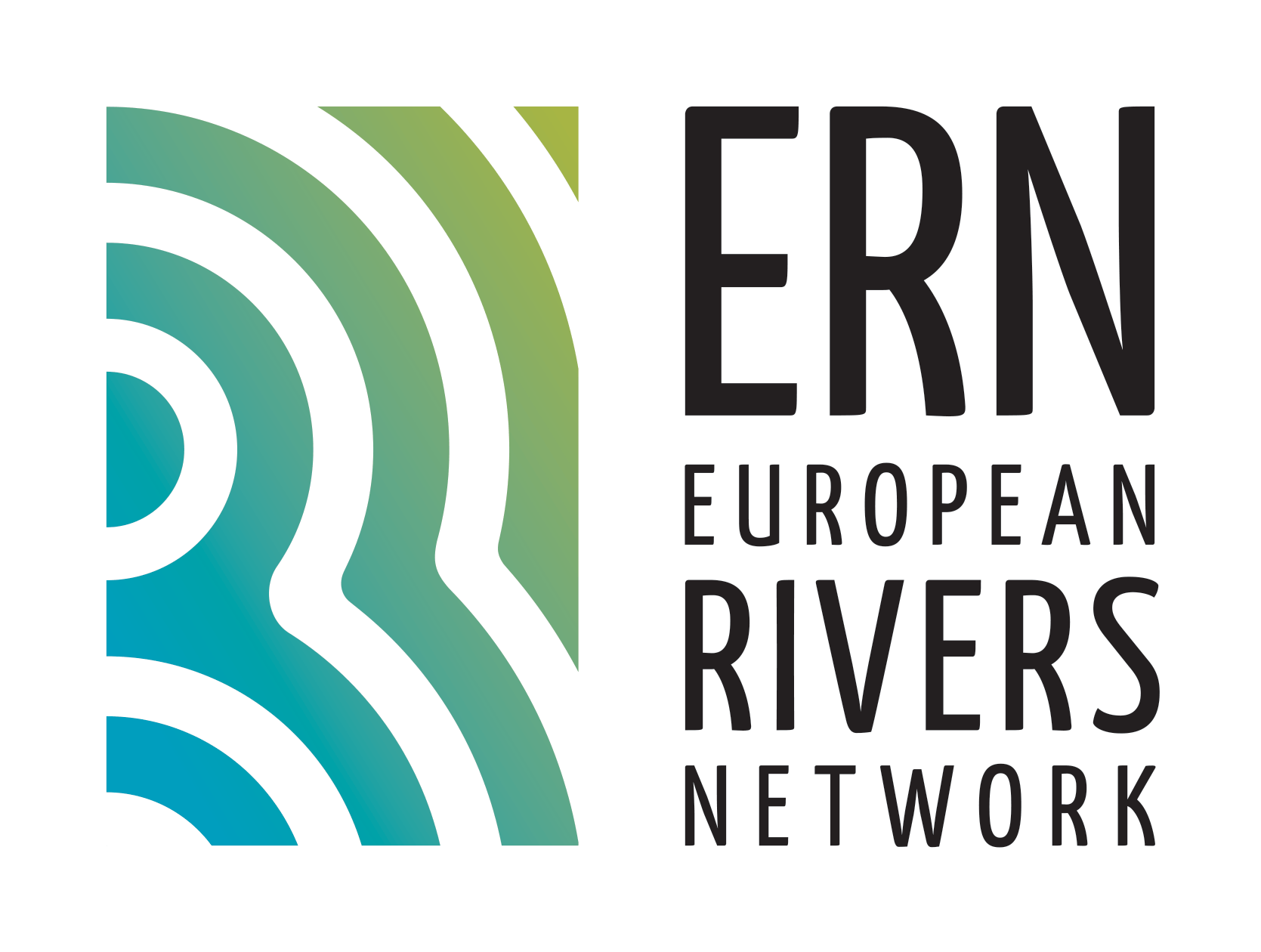
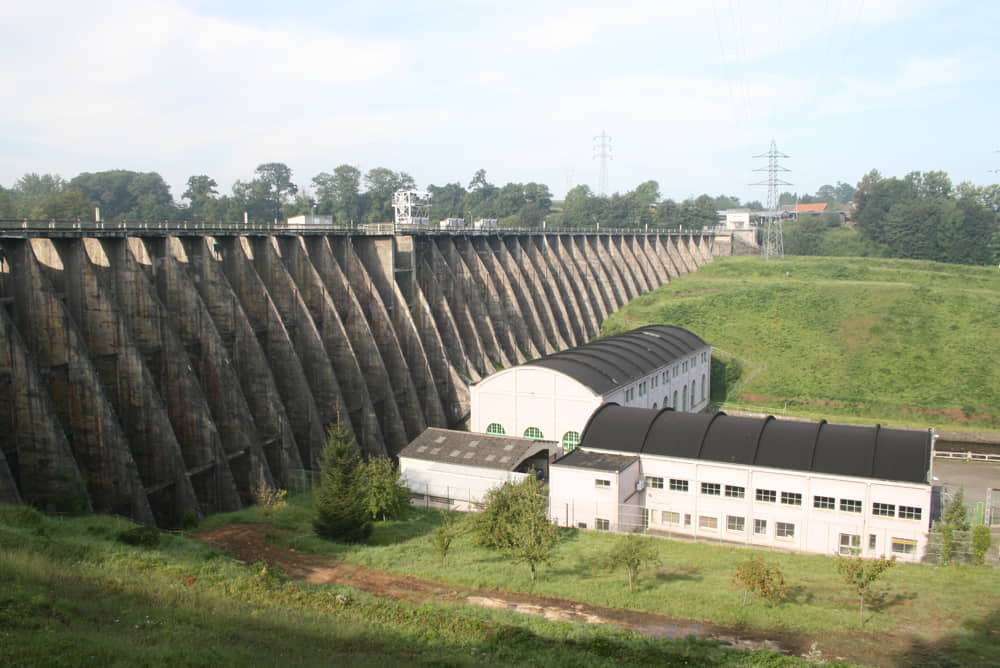

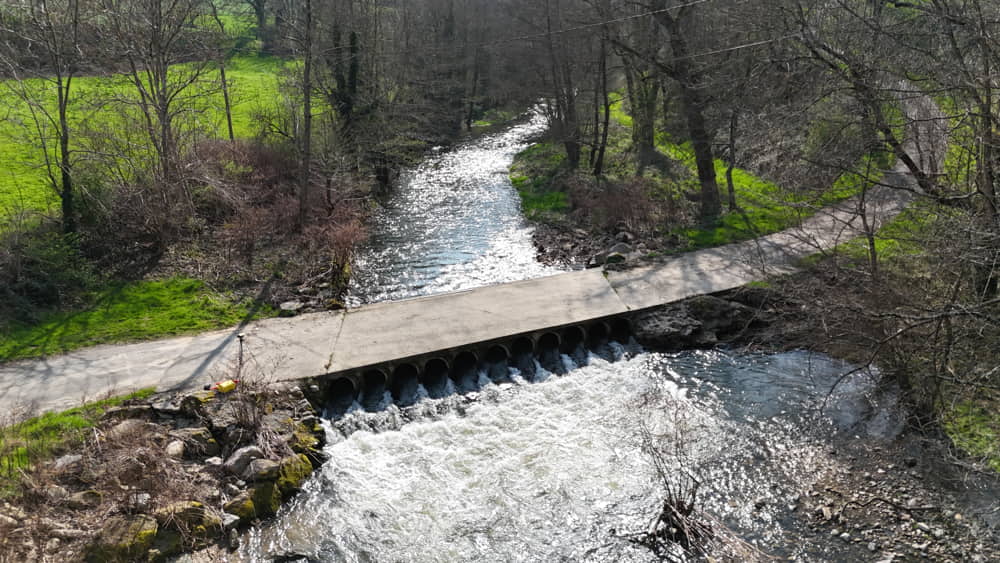






 ERN France
ERN France ERN is the official WWF Freshwater Partner in France and cooperates with WWF Switzerland, Austria, Netherlands and others
ERN is the official WWF Freshwater Partner in France and cooperates with WWF Switzerland, Austria, Netherlands and others